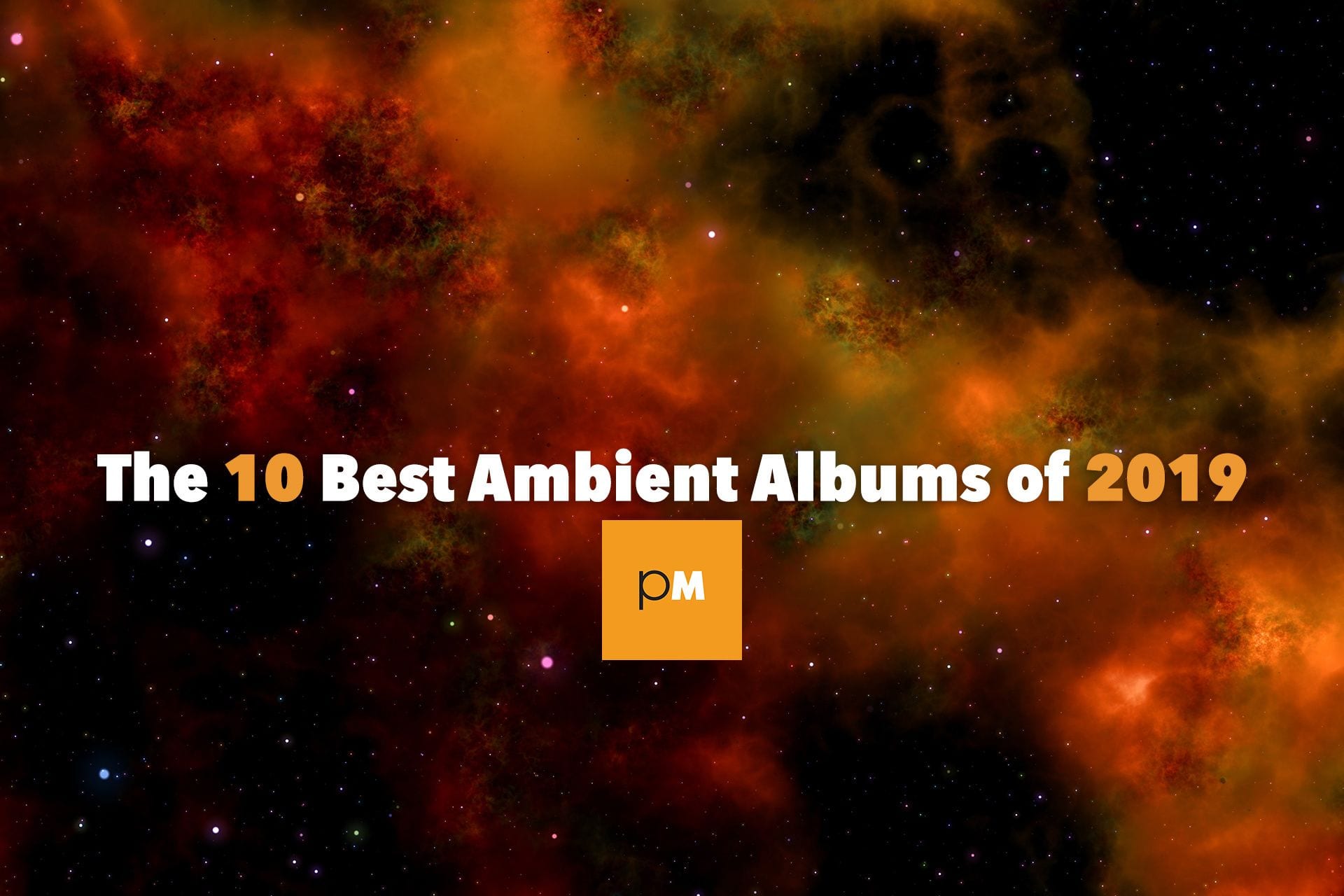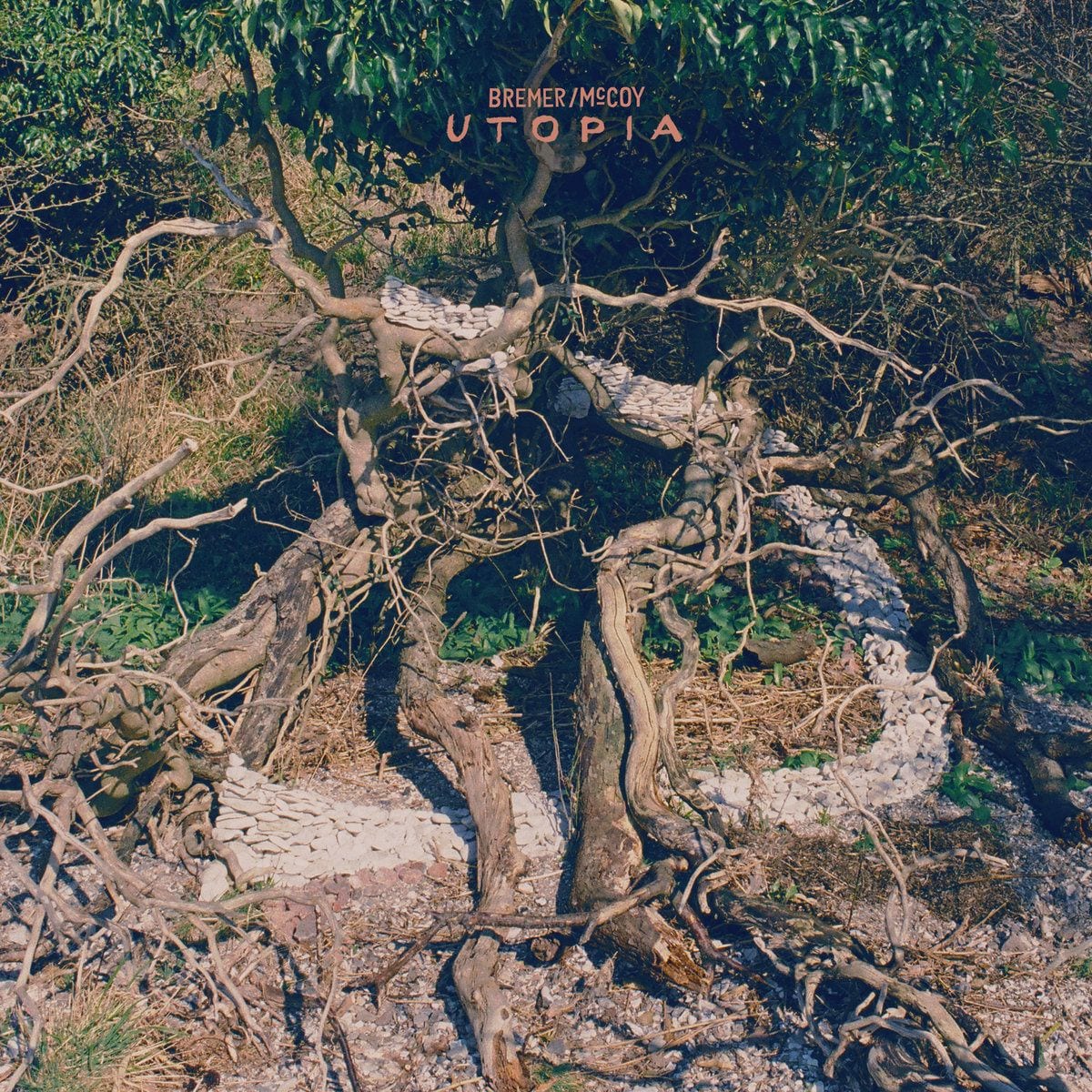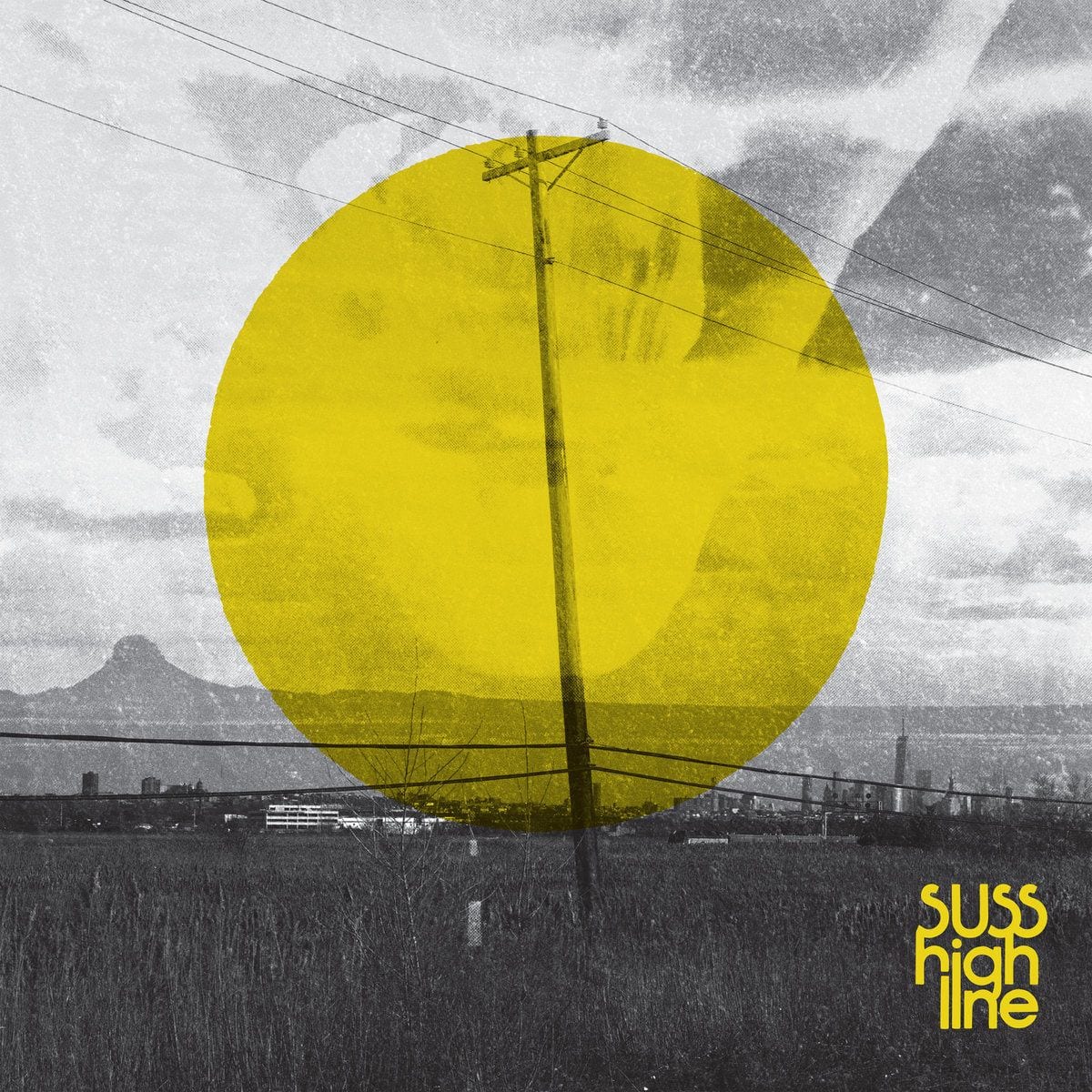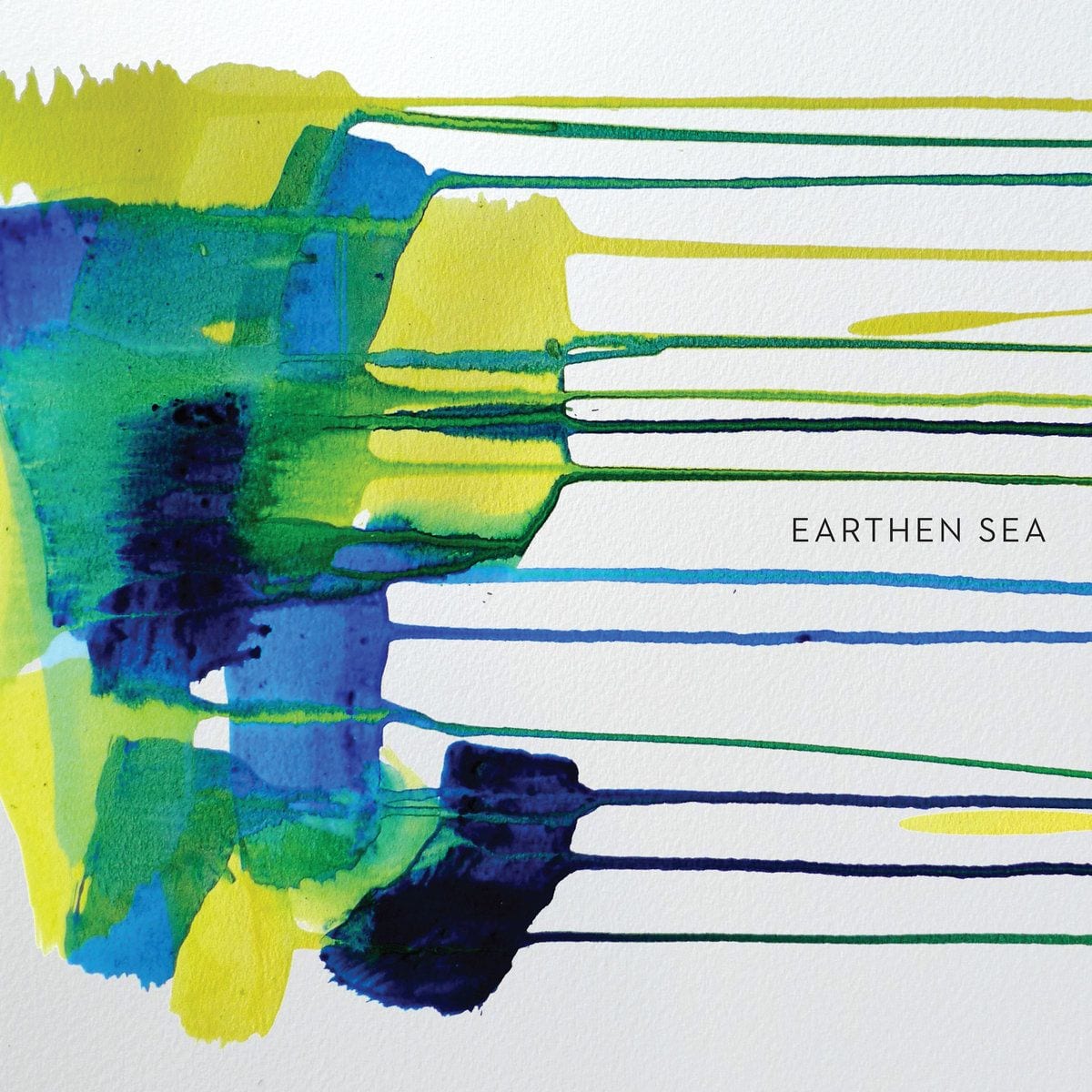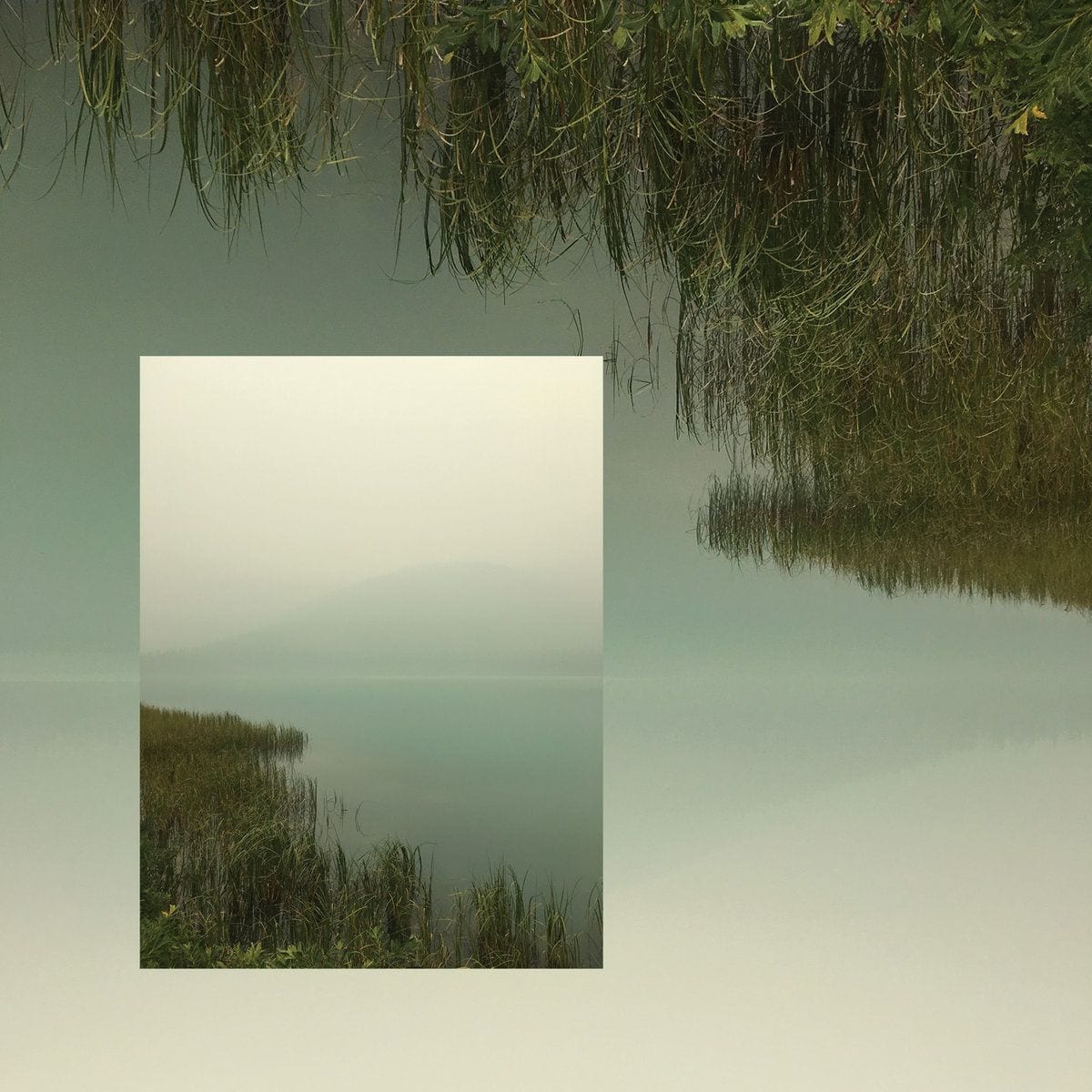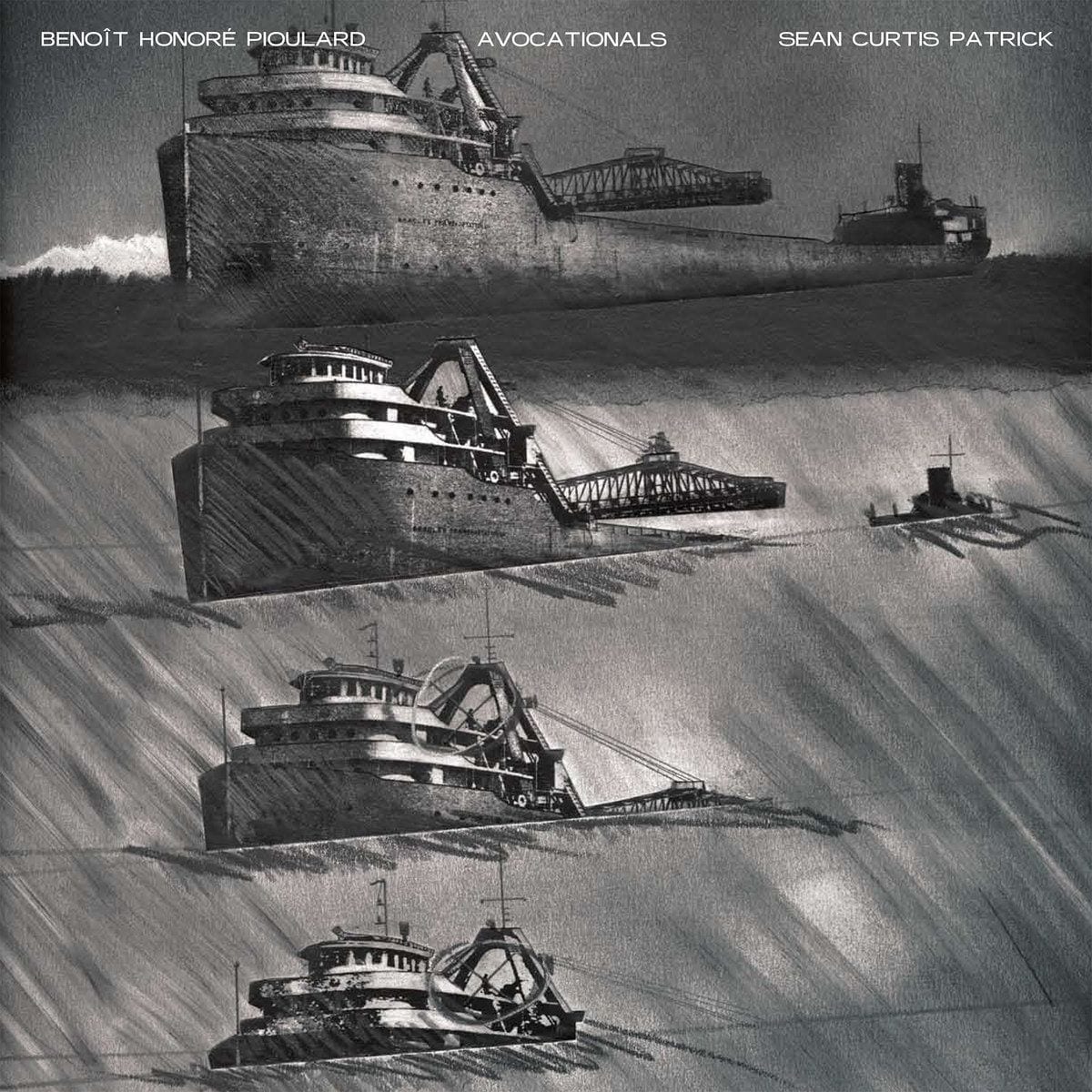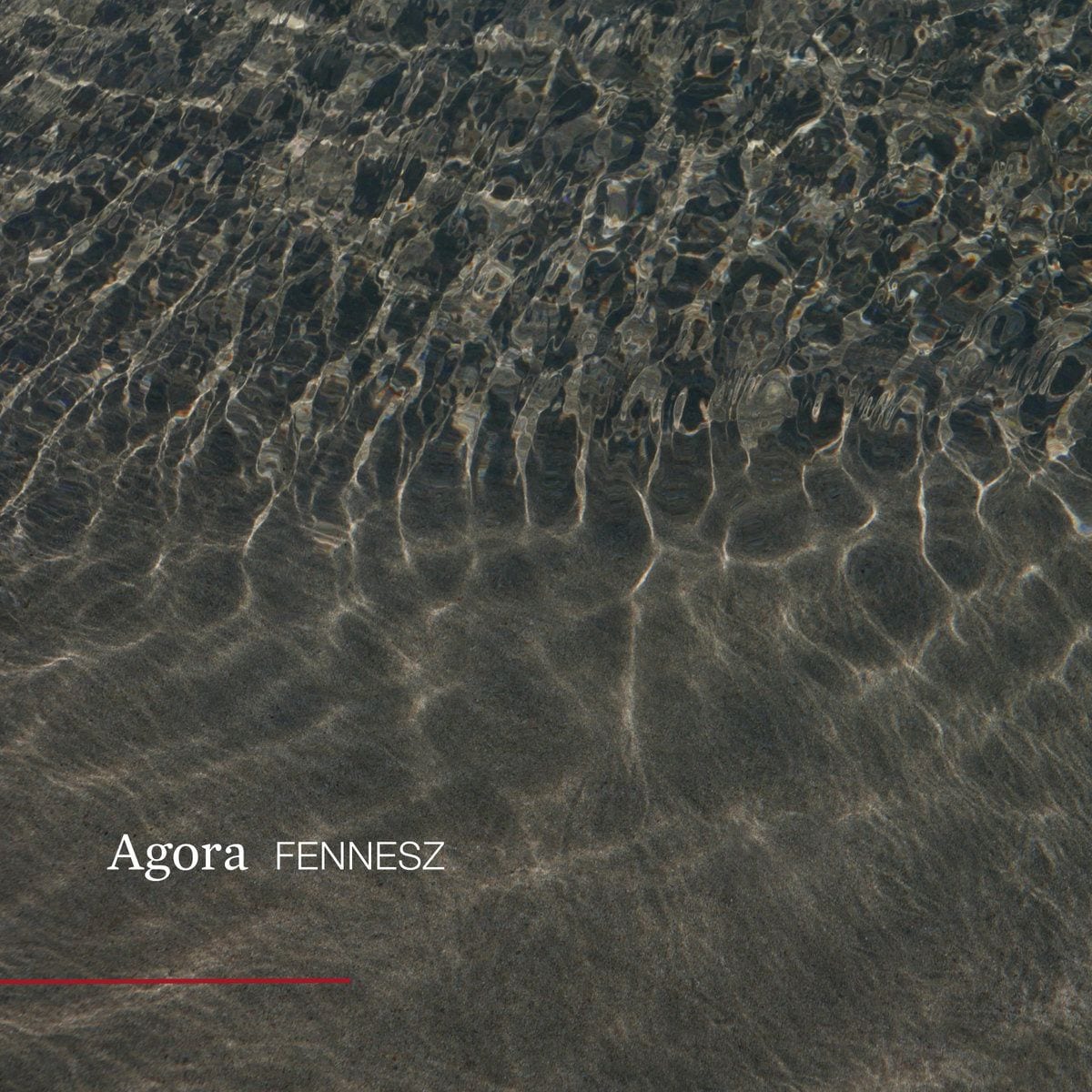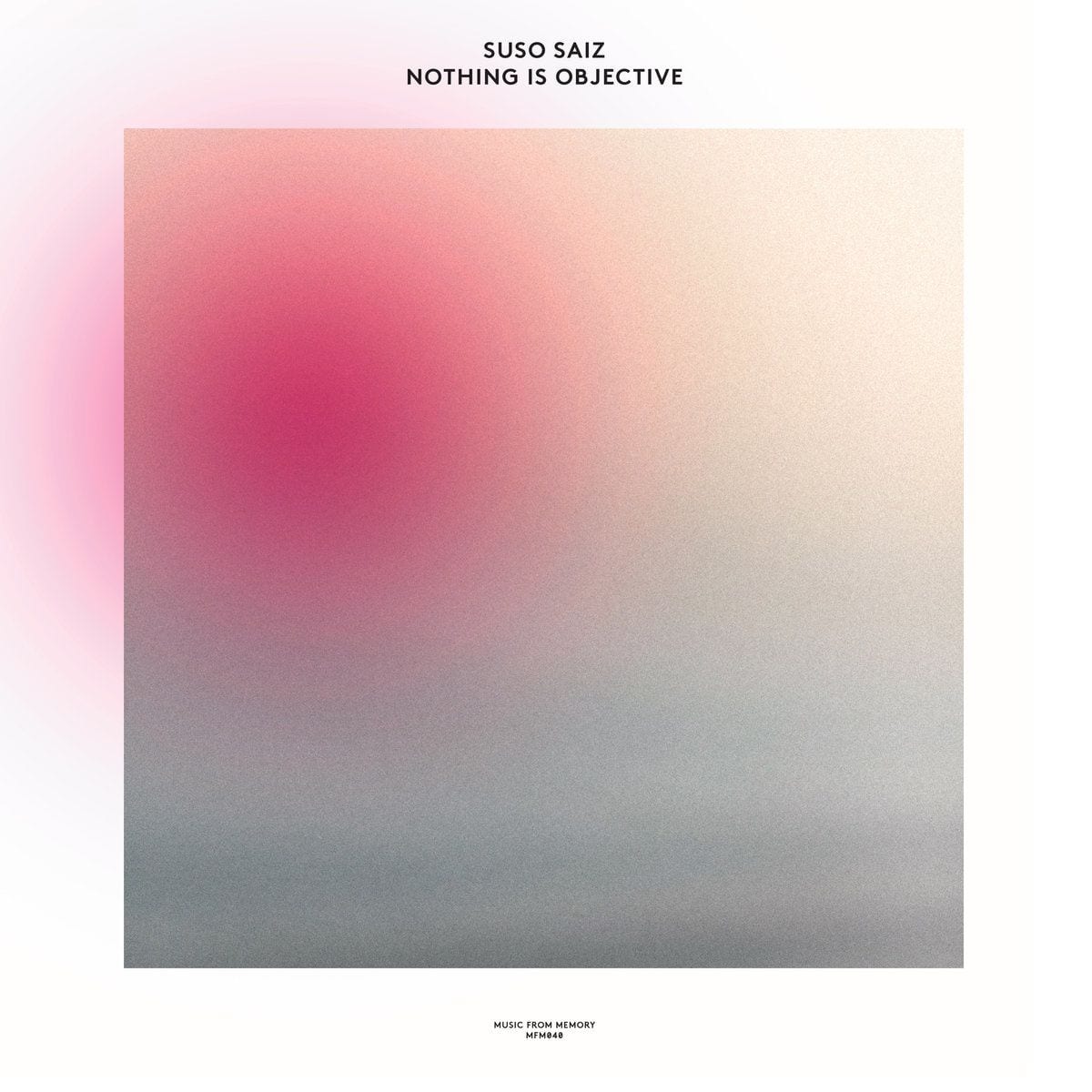The kids will be alright.
Last year, Vice ran a piece about the live streaming YouTube channels that were made of “lo-fi hip-hop beats to relax/study to”. Users operated like pirate radio stations. They would blast an endless stream of noninvasive, wisely-chosen instrumental tracks meant for college students, desk jockeys, and any number of people who wanted to have a type of music on that could aide their focus. This was more than mere “background music” — these were tracks of a specific aesthetic, one that was hand-picked and had an element of cool to it. All the algorithms in the world sometimes can’t hold a candle to a keen, dedicated tastemaker, and this personal touch has paid off. In July of 2018 when the Vice article ran, “ChilledCow”, the premiere channel for this type of thing, had an astonishing 1.7 million subscribers. Today, as this PopMatters list is being written, it’s more than doubled that count.
The great thing about listener-curated streams of this nature is that it bucks corporate-driven narratives for artist discovery. The popularity of these channels has opened up ambient and instrumental artists from literally all walks of life to have fanbases that were previously impossible to fathom. An instrumental outfit like Tycho now has Grammy nominations and sells out mid-sized venues easily. SUSS, a country-ambient collective whom PopMatters has covered before, has multiple songs approaching over a million streams on Spotify. With so much modern and archived music now available readily across a variety of platforms, ambient and instrumental albums are far from dusty old relics: they’re cool now.
Of course, we here at PopMatters listen to ambient and instrumental records on the regular and are happy to avoid the machine-learning programs altogether to come up with nothing short of the Best Ambient/Instrumental Albums of 2019. Go ahead, put these on when you study. We won’t mind one bit. – Evan Sawdey

10. Bremer/McCoy – Utopia [Luaka Bop]
The great allure of
Utopia, the fourth full-length from the Danish duo of bassist Jonathan Bremer and piano man Morten McCoy, is how for an album so muted, so beautiful, and so simple in its presentation, it remains so oddly unclassifiable. It’s technically jazz in structure, maybe with a helping of neo-classical presentation. Still, with its occasional use of keyboard overdubs and light synth pads — we’re left unsure of which label to put on it, much less what to call it.
What we do know is that we haven’t been able to stop listening to
Utopia‘s flawlessly blissful melodies, as the duo’s musical chemistry is simply unparalleled — each new piece unraveling slowly before our ears, an origami crane folding on its own. There’s a bit of Pat Metheny in their influence, but also a bit of Mike Oldfield as well, proving how Bremer/McCoy are very aware of their influences but are also unafraid to liberally apply their heroes’ techniques to lush suites like “Solopgang” and album highlight “Determination”.
From the outside,
Utopia appears fragile, bordering on precious, but the more time you spend with these finely-structured, elegantly executed tunes, the more they become fixtures in your mind. An absolute gift of an album. – Evan Sawdey

9. SUSS – High Line [Northern Spy]
Last year, Bob Holmes’ country-ambient project SUSS broke through in a big way, with the group’s pedal-steel soundscapes connecting strongly with listeners, leading the band to rack up millions of plays on streaming services practically overnight. Their debut album
Ghost Box was so good we even put it on PopMatters’ Best Ambient/Instrumental Album’s list for 2018, and ‘lo and behold, the tumbleweed troubadours are showing up again with sublime sophomore record High Line.
Picking up right where
Ghost Box left off, High Line continues its chase of mythic ghosts across dusty backroads and starry country nights, with tracks like “Ursa Major” adding a bit more percussive propulsion to what we’ve heard from the group before. While the pedal steel remains the star of SUSS’ slow-burn shadow show, tracks like “Road Trip Part 3 (The Lonely Path)” and “The Walk Home” push simple acoustic guitar strums front and center, adding just enough changes in band’s sonic makeup to keep things evolving. It’s hard not to love a band like SUSS, especially when they’re two-for-two in making us yearn for something out there in the Western sky that we can’t quite articulate yet. – Evan Sawdey

8. Chuquimamani-Condori – Quirquincho Medicine [self-released]
Aymara composer Elysia Crampton’s first acoustic album pairs the Andean rhythms she’s long worked into her sci-fi electronica with the stripped-down spirit of post-minimalist music. The composer’s been a little less eager to explain (or promote) this record over the heady, conceptual music she’s known for, which itself often requires some knowledge of its intent to even begin to understand. But seeing as sales of
Quirquincho Medicine benefit the American Indian Movement, you’re doing more tangible good by picking up a copy than sifting through the dense tangle of references and influences that went into this music.
These pieces are mesmerizing enough by themselves: the slam of massive piano chords, tricky rhythms, and changes, a sense of grandeur that belies these songs’ simple instrumentation. Fans of futurist epics like
Demon City and American Drift might find this stuff too tricky even by her standards — though it might help to attend one of her extremely out-there lecture-shows, where pre-colonial Aymara legends swim alongside visions of futuristic spider-people. – Daniel Bromfield

7. Robert Rich – Tactile Ground [self-released]
Though Robert Rich’s association with new age limits his appeal among higher-minded consumers of ambient, his music is anything but centering. Like 2004’s
Calling Down the Sky, his new album Tactile Ground explores the instability of our environment, in this case the shifting tectonic structures on which we sit. Long, slow, flat, and massive, the 15 tracks on this two-hour monster resemble tectonic plates themselves. Even as the record descends into its center in the second half, as if tunneling deeper into the earth, these plates never really slip. But that’s beside the point.
Like Biosphere’s N-Plants or Kevin Martin’s Sirens, Tactile Ground reminds us how tenuously we exist at the mercy of forces beyond our control. The album suggests that even when performing for sleeping audiences. That’s been the thread holding his dozens of albums together this whole time. You might find this album next to recordings of rushing waterfalls in your local record store — but waterfalls sound pretty scary, too, once you’ve heard Robert Rich. – Daniel Bromfield

6. Earthen Sea – Grass & Trees [Kranky]
Dub techno is one of electronic music’s most conservative genres, and its best releases either stick doggedly to orthodoxy or find fun ways to poke holes in its fabric. Grass & Trees, the second Kranky release from Jacob Long’s Earthen Sea project, is like the genre’s negative. The sounds are there: pinpricks of drums, vast chords treated with dragging echo. But it’s precise and crisp, not dredged from an acid bath. Its sounds are precisely defined, like those of a small band gathered around a microphone, rather than blurring into the primordial soup. Its forebears on the Chain Reaction label suggested the vast expanses of the sea or the sky.
Grass & Trees feels curiously microscale as if zooming in on a small patch of land and leaving no stone unturned and no bug or worm unsurveyed. There aren’t a lot of sounds you’ll notice the second time you listen that you didn’t hear on the first, but it still feels a little different each time you dive in as if the light’s playing tricks on your eyes. – Daniel Bromfield

5. Teen Daze – BIOLUMINESCENCE [Flora]
Watching the way Jamison Isaak’s Teen Daze project has transformed over the past several years has been nothing short of thrilling. Starting as an electronic project with some major pop flirtations, Teen Daze’s sound has mellowed, cooled, and lost vocals altogether. Isaak has slowly evolved from basement button-masher to ambient pop impresario; metamorphosing from Neon Indian to CFCF, if you will. We can marvel at his maturity all day, but the best part of his travels is how everything he’s done has led up to the victory lap that is his sixth full-length effort,
BIOLUMINESCENCE.
As if daring himself to use every melodic lesson he’s ever learned and applying it here,
BIOLUMINESCENCE is a striking, diverse instrumental record that touches on a variety of moods that still stem from the same creative space. From the Dntel-indebted mid-tempo workout that is “Endless Light” to the 1990s new age pastiche “Hidden Worlds” to the deliberate nod at Bibio’s folktronica sound on “Spring”, Isaak takes a break from the bleakness of his past few albums to stretch out and have fun. He delivers an album that’s not only a joy to listen to, but may very well go down as Teen Daze’s best record yet. – Evan Sawdey

4. Benoît Pioulard & Sean Curtis Patrick – Avocationals [Beacon Sound]
The idea of an “ambient concept album” is anything but new. But what is most striking about
Avocationals, the somehow-first-ever collaboration between Sean Curtis Patrick and Benoît Pioulard, is how specific they get in detailing their vision. Inspired by the many ships that sunk in the Great Lakes during the golden age of freight shipping, each track is named after a downed vessel, with each soundscape capturing one barge’s particular fate. While not as dour as you’d initially be lead to believe, there isn’t so much a sense of sadness or despair that emerges from this set of nine compositions so much as acceptance — maybe a pained acceptance, but a gentle one.
In mixing Pioulard’s love of field recordings with Patrick’s loops and analogue reel-to-reel machines, the duo give their album a nautical, haunting vibe, sometimes taking a gritty synth tone and adorning it with detail (as on “Cabot”), other times taking simple melodic structures and adding the faint hint of echoing bells to evoke ghosts long in the distance (“Zenava”).
Avocationals is a stirring record, one full of burbling sounds, the imagined fates of thousands of lost souls, and a tender if terrifying sense of the great inevitable. Yet even beyond that, there is a small joy to be found in their sounds, and that’s in hearing two instrumental geniuses bouncing complex ideas off each other to create something even greater than themselves. – Evan Sawdey

3. Fennesz – Agora [Touch]
Christian Fennesz is an ambient musician who jerks tears the way the best pop songwriters do: through striking chord changes and melodies and harmonies rather than the imagistic textures that often carry much of the load in ambient. His new record,
Agora, made on compromised equipment following the loss of his studio, takes this to the extreme. Stripped-down, occasionally tinny and trebly, more clearly made with guitar than warped earlier works like Black Sea and Venice, Agora relies on composition more than anything else for its wallop, and at its best — the dying moments of “We Trigger the Sun,” the ’80s-spangled second half of “Rainfall” — it packs the same punch as some of the Beach Boys’ masterpieces he endlessly references.
These four tracks crackle with electricity and have a real sense of weight and power, but they don’t dream of being heavy metal like so many ambient albums on the noisier spectrum do. Rather, everything seems heard through a wall of thunderclouds, or perhaps the walls of his lonely bedroom. Is it any wonder one of these tracks is called “In My Room”? – Daniel Bromfield

2. Malibu – One Life [UNO NYC]
The French producer Malibu first found fans as one of many obscure artists on PAN’s
Mono No Aware compilation, but even the apocalyptic drama of her “Held” couldn’t predict how sweeping and expansive her debut EP One Life would turn out to be. Malibu claims to have begun with filmic images while making these five tracks, like someone floating on a grand piano in the middle of the sea; that’s the kind of sad, fantastic image One Life conjures. She likes one of those unplaceable synth sounds new agers like Iasos love to use, halfway between an orchestra and a string section. Organic sounds like cello and piano cut sharply through the shimmer. Beneath it all laps a sampled sea, perhaps inspired by her oceanographer father, perhaps by Malibu Beach, perhaps by movies like And the Ship Sails On or Life of Pi that treat the ocean as an endless mirror where dreams come true, and humans are no longer the master of its dominion. Those sounds are all we hear here, yet we still receive images from her music as dazzling as any we’re likely to find in film. It’s hard to figure out what elevates her music; we can only regard it in awe, as we do the sea. – Daniel Bromfield

1. Suso Saíz – Nothing Is Objective [Music From Memory]
Suso Saíz has been crafting instrumental masterpieces for decades, working on albums by everyone from Música Esporádica to Orquesta De Las Nubes and adding his distinct melodic voice every time. In 2016, a double-album of Saíz collected solo works appeared, followed shortly by 2017’s Rainworks, the first new material from him in a decade. While it might seem like a quick turnaround for Saíz to put out yet another double-album with 2019’s Nothing Is Objective, one listen to this two-hour epic makes it abundantly clear that the Spanish composer was clearly riding an inspirational high, eager to explore and expand his trademark tropes.
What Nothing Is Objective does so remarkably well is juggle a variety of tones — often switching between instrumental setups between tracks, itself an unusual move for an ambient album — and doing so effortlessly. “From Memory” works in light drum hits with an indelible guitar hook that soon drowns in a wave of slow-motion e-bow flare-ups, while the lush cloud that is “Anti-stress for Babies and Families” lives up to its title with a cinematic sweep. Whether he is mixing clashing synth tones on “Meccano” or collaborating with Fennesz on the slightly menacing “Dulce”, Saíz treats Nothing is Objective like an ambient playground. He combines templates and tones in an astoundingly cohesive way, making for a record that is nothing short of transportive. As Saíz has been making music for close to 50 years, it’s thrilling to hear an artist of his stature attack new music with a young man’s enthusiasm, now filled with more passion than ever before. It’s hypnotic, it’s replayable, and it’s downright essential. – Evan Sawdey

